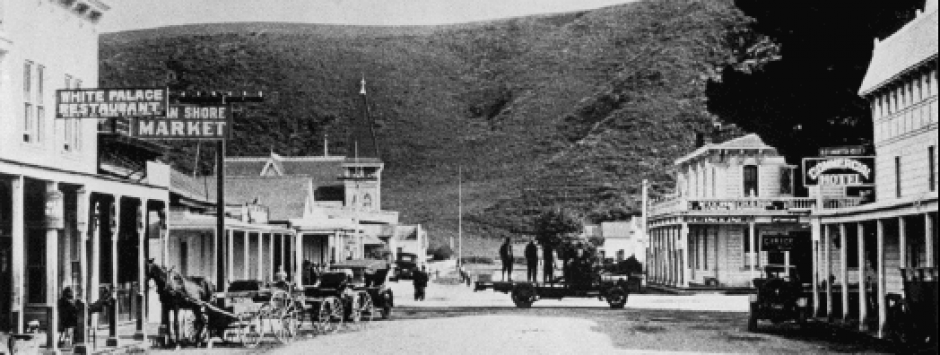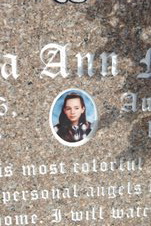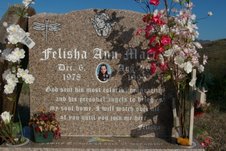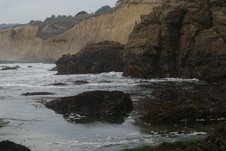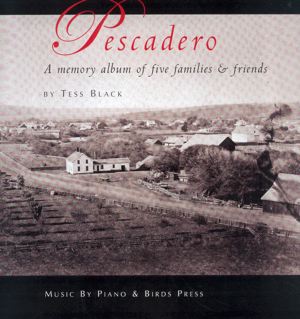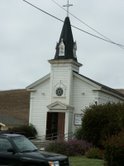A few times Bryant Wollman invited me for dinner when he lived with his companion, Gene Fleet, in one of the funky cabins that used to overlook the Pacific at Tunitas Creek– one of the most breathtaking places on the Coastside.
This is near the enigmatic place where Supervisor Alexander Gordon built his amazing shipping chute in the 1870s. This is where the Ocean Shore Railroad‘s iron road stopped. This is where Sybil Easterday, the eccentric sculptress lived until she moved to El Granada where she died in the 1960s.
I remember Bryant telling me about a woman, an artist who lived near his cabin. She’d been the famous but controversial poet Ezra Pound‘s mistress, he told me. I heard the story more than once, each time a little more embellished. At one point I even thought Pound might have visited Tunitas but that was impossible since he was sitting in a mental ward.
I can’t tell you why I didn’t follow it up. Maybe I was too shy to pound on this woman’s door and ask her to reveal her private stories to me….maybe I was skeptical….maybe I was plain old afraid.
When I mentioned the mystery artist to John Vonderlin, he did some research and said: “Hi June,
I suspect Ezra Pound’s connection to Tunitas is through Sheri Martinelli. She lived in one of the cabins at Tunitas Beach for twenty years and had many famous visitors. There is an outstanding article by Steven Moore in Gargoyle Magazine that covers her amazingly creative career. I wonder if Sybil Easterday was the draw to this place for her? You can reach the article by websearching “Sheri Martinelli: A Modernistic Muse”
I read the thoroughly impressive article by Steven Moore (and I hope you will, too) about this remarkable woman and artist who lived on the Coastside and realized how much I had missed by not having the courage to pound on her door.
